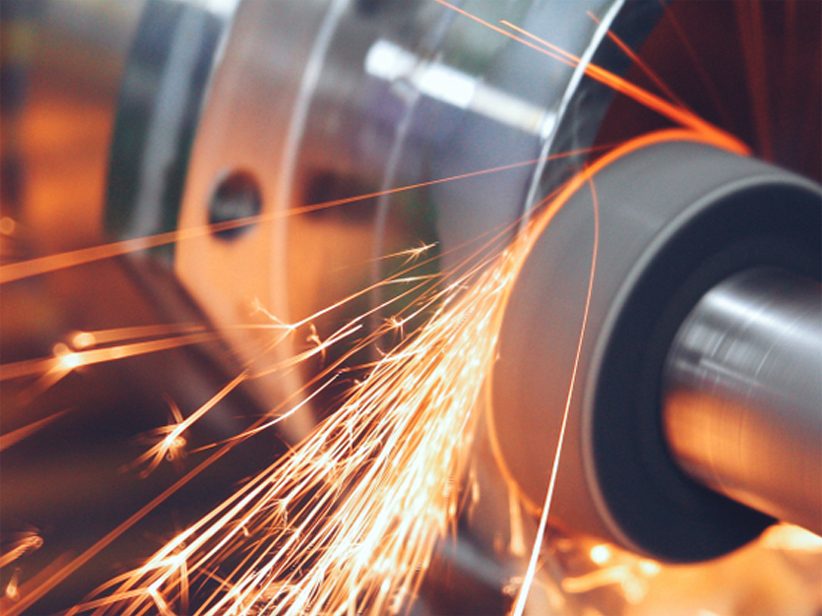Description
AISI 302HQ, also known as Grade 302HQ/1.4567, is a specialized austenitic stainless steel alloy with excellent cold formability and corrosion resistance. It is widely used for manufacturing stainless steel fasteners such as self-tapping screws, machine screws, bolts, and rivets.
Mechanical Properties (Annealed)
Thermal & Physical Properties
Density: 8.03 g/cm³ (0.29 lb/in³)
Modulus of Elasticity: 200 GPa (29 x 10⁶ psi)
Mean Coefficient of Thermal Expansion: 20-100°C (68-212°F): 16.6 x 10⁻⁶ cm/cm°C (9.2 x 10⁻⁶ in/in/°F)
Thermal Conductivity at 100°C (212°F): 16.3 W/m•K (9.4 Btu/(hr•ft²•°F/ft))
Specific Heat: 500 J/kg•K (0.12 Btu/lb/°F)
Other Designations
UNS S30430
WNR 1.4567
XM-7
304Cu
304HQ
Fabrication and Heat Treatment
Solution Treatment (Annealing): Heat to 1010-1120°C (1850-2050°F) and cool rapidly. This grade cannot be hardened by thermal treatment.
Welding: Use Grade 308L rods or electrodes. Excellent weldability by all standard fusion methods, both with and without filler metals.
Machining: Possible but not often done due to low sulfur content for improved formability.
Applications
Food processing equipment
Transport and storage equipment (e.g., beer brewing, milk processing, wine making)
Kitchen benches, sinks, troughs, equipment, and appliances
Architectural paneling, railings, and trim
Chemical containers, including for transport
Heat exchangers
Woven or welded screens
Threaded fasteners
Springs
Supplied Forms
Wire
Bar
Fasteners (e.g., self-tapping screws, machine screws, bolts, rivets)
Features
Excellent corrosion resistance, equal to or exceeding that of Grade 304
Resistance to pitting and crevice corrosion in warm chloride environments
Resistance to stress corrosion cracking above 50°C (122°F)
Good oxidation resistance in intermittent service to 870°C (1600°F) and continuous service to 925°C (1700°F)
Continuous use in the 425-860°C (800-1600°F) range is usually safe due to low carbon content
Lowest work hardening rate among common austenitic stainless steels, resulting in a tensile strength increase of approximately 8 MPa per 1% reduction of area during cold work






